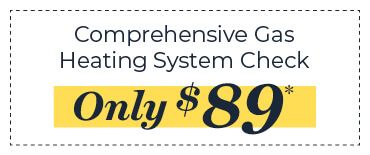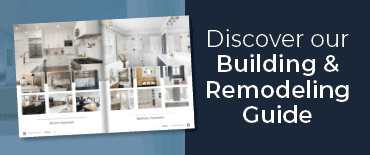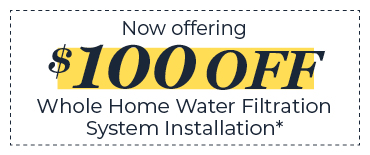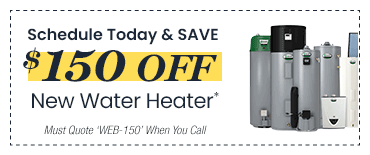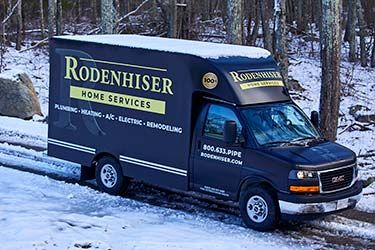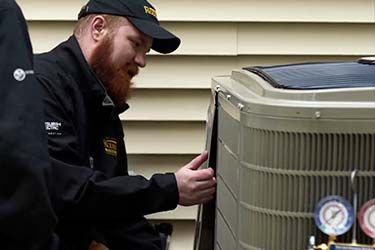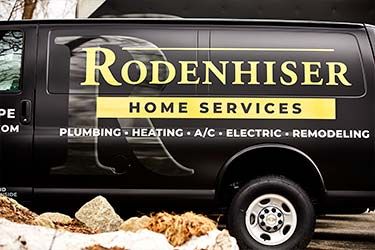
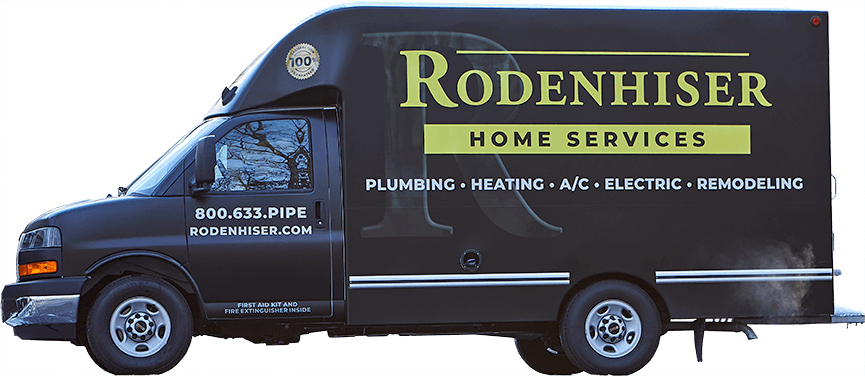


Furnace Basics: Know How Your Forced-Air System Works?
Your forced-air system is powered by a furnace that delivers heated air to every room through a network of ducts. Ducted forced-air systems are the most common type of central heating, but do you really know how they work?
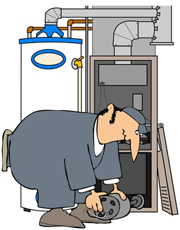
The components of a forced-air system include:
- The furnace: This machine is responsible for heating the air and can be powered by a number of fuel types such as natural gas, oil and electricity.
- The thermostat: The furnace is controlled by a thermostat (or multiple thermostats if you have a zoning system). The best types are programmable thermostats because you can set back the temperature in your absence and save energy dollars.
- The air handler: In the case of a furnace, the air handler is usually housed within the equipment and includes a blower.
- A pilot light or electronic ignition: Ignitions are the more energy-efficient option since they don’t consume standby energy.
- A heat exchanger: This metal chamber holds heated combustion gases and is only safe if it remains free of cracks and other damage.
- The ductwork: This system comprises a series of interconnected metal tubes that snake through your home, delivering heated air into the home's living spaces.
- Supply grilles and return registers: These direct and control airflow to and from each room.
How forced-air system components work together
The furnace kicks on only when the thermostat reads that room temperature has dropped below the indicated setting. The thermostat sends an electronic signal to the furnace, opening the fuel valve, allowing fuel to reach the burners and turning on the blower. The pilot light or ignition lights the burners, which heats up the inside of the heat exchanger, thus warming the air that travels around it.
Heated air then travels through ductwork, entering each room through supply registers, while combustion fumes are vented outside. At the same time, return registers carry the air back to the furnace to be heated again. The cycle continues until the room reaches the desired temperature and the thermostat signals the furnace to shut off.
To learn more about furnaces capable of completing this process at the lowest cost possible, please contact Rodenhiser Plumbing, Heating & Air Conditioning. We serve the Route 495/128 area.
Our goal is to help educate our customers about energy and home comfort issues (specific to HVAC systems). For more information about furnaces and other HVAC topics, download our free Home Comfort Solutions Guide.
Image via Shutterstock.com
Nice people.
Great service.
Since 1928Terms & Conditions | Privacy Policy





Read From Over 14,000 Happy Customers
-
Both Alex and Patrick were knowledgeable, courteous, and professional. They made a change that might have solved the recent problem and have structured a more complete solution. We agreed to this...

-
Mike was thorough, thoughtful and considerate. Covered their shoes before entering, surveyed my issue and provided an explanation of the services and costs. Great Job!

-
Alex did a great job providing an explanation of the services provided and went out of his way to offer assistance/advice on other issues outside of our scheduled maintenance visit.

-
Brian did an excellent job inspecting our 18-year old boiler and replacing some of the accessory hardware that needed it, he also adjusted the outgoing hot water settings for our radiators and...

-
Rodenhiser is my one stop shop!!! They take care of my HVAC, electrical, and plumbing issues & are always helpful addressing any questions I may have about the systems in my house! Everyone...

-
Chris G. and Nick V. showed up bright and early at 8am to fix my water heater issue. They were on time, polite and were able to fix an issue that has been plaguing my house for a good year. They...

Call Rodenhiser at
1-800-462-9710
Call Rodenhiser at 1-800-462-9710
When you are looking for plumbing, electrical, heating or air conditioning in the Route 495 / 128 area, you will be delighted that you called Massachusetts' trusted choice since 1928.
With a total dedication to professional workmanship and excellent service, discover why families and businesses continue to trust Rodenhiser after generations of service
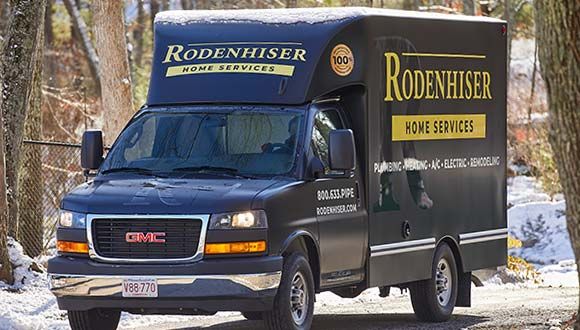
Trusted Plumbers
Fast, On Time
HVAC Experts
Satisfaction Guaranteed
Expert Electricians
Maintenance Plans
CONTACT RODENHISER TODAY
325 Hopping Brook Rd Holliston MA 01746.
-
Master Plumber: #10961
-
Corporate Plumbing: #2288
-
Master Electrician: #23917A
-
Electrical Business: #4804
-
Master Sheet Metal (Unrestricted): #5867
-
Corporate Sheet Metal: #641
-
Home Improvement Contractor: #188806
*Heating system check terms and conditions: Residential Only. Must reside within our service area. Offer only available to 1 unit per household additional units are at full price. Can not be combined with other offers
*Late Season Special Extra Conditions: Gas Systems only. No Discounts on oil systems. Promotional price limited to one system per home, additional systems will be charged at full price. Residential Systems only. Must reside within our service area. *For EV Charger Offer also: valid only when the system is purchased through Rodenhiser.
